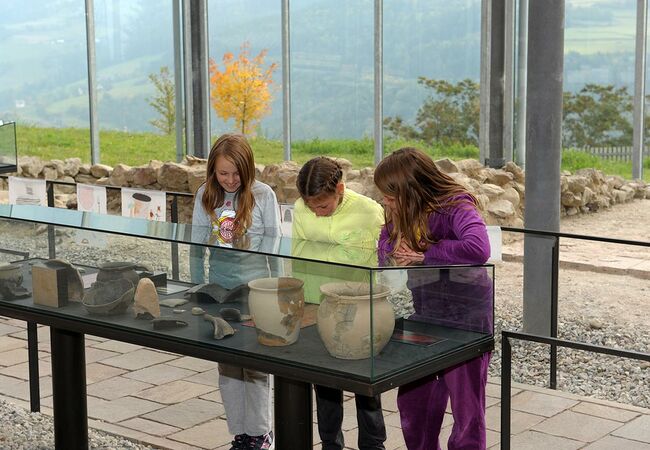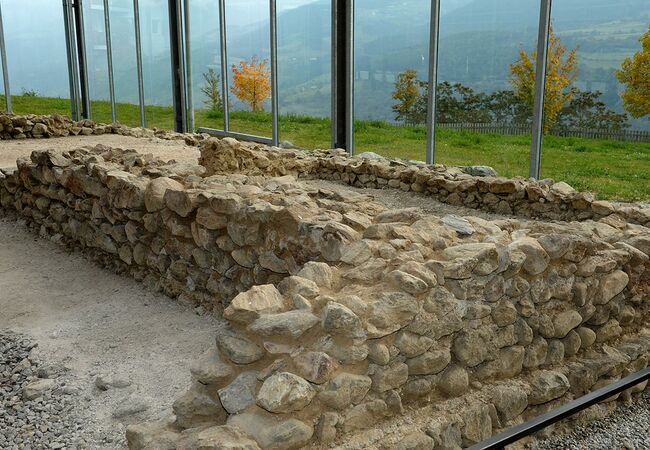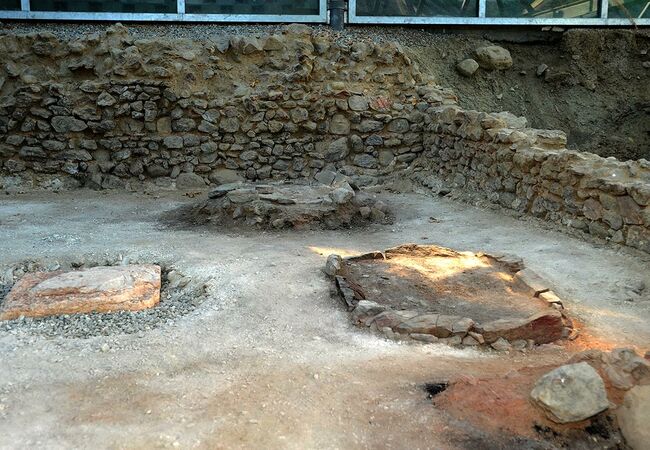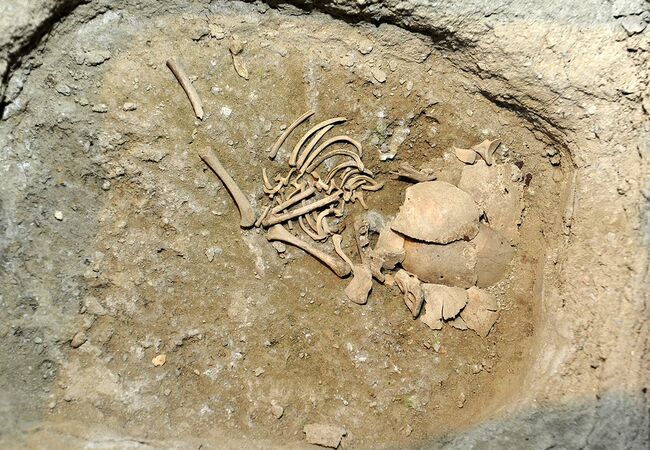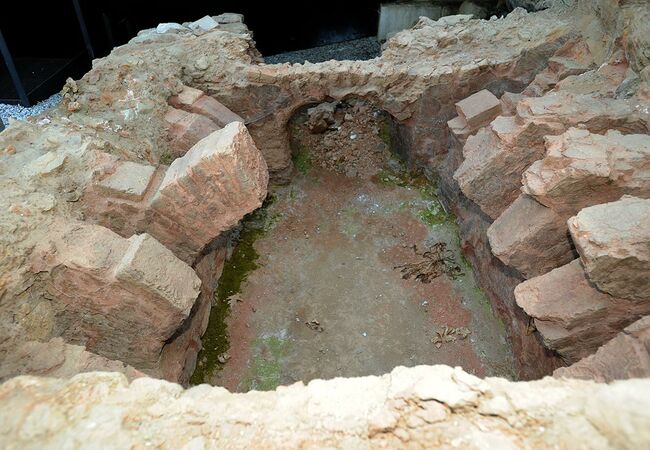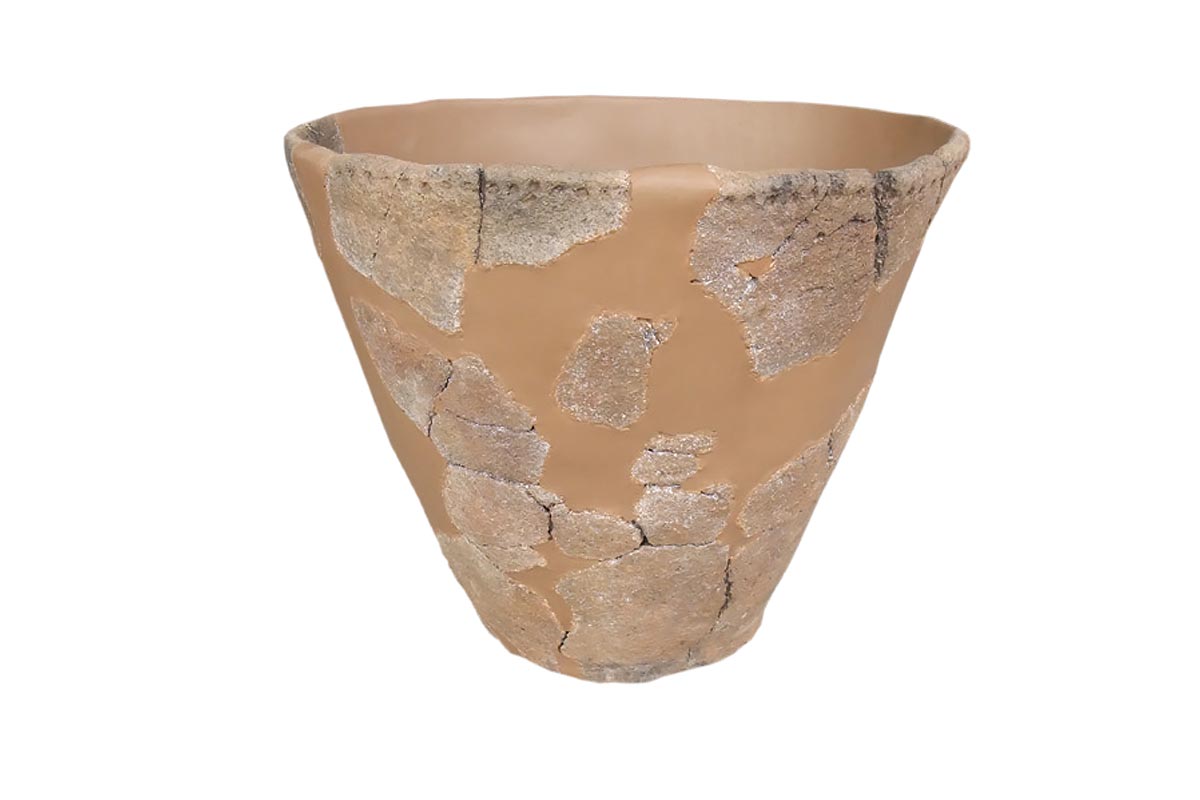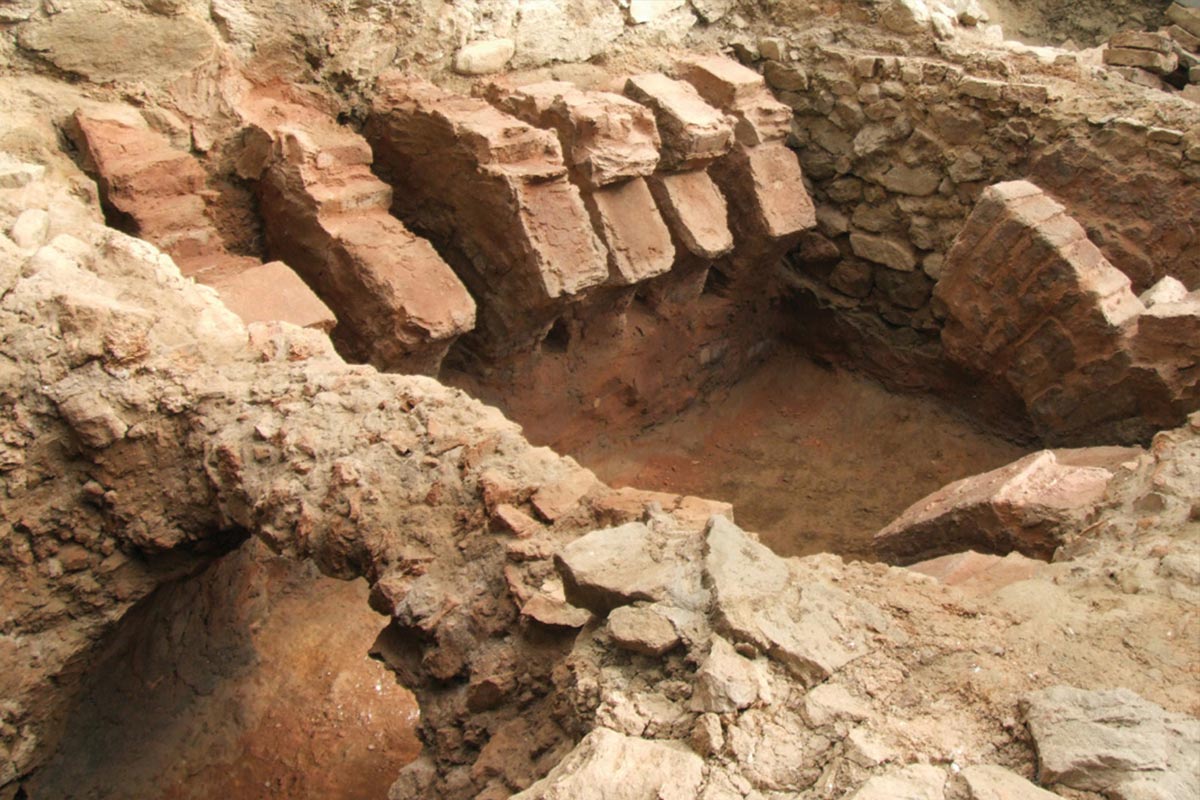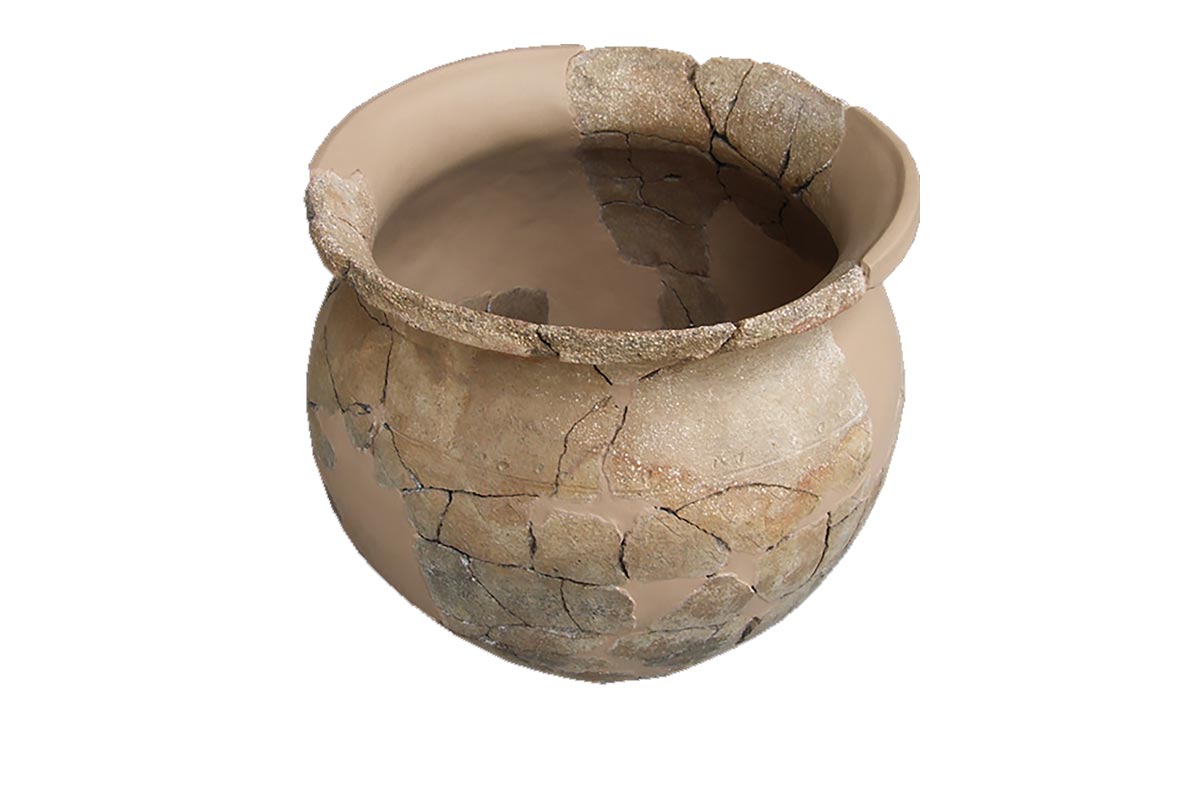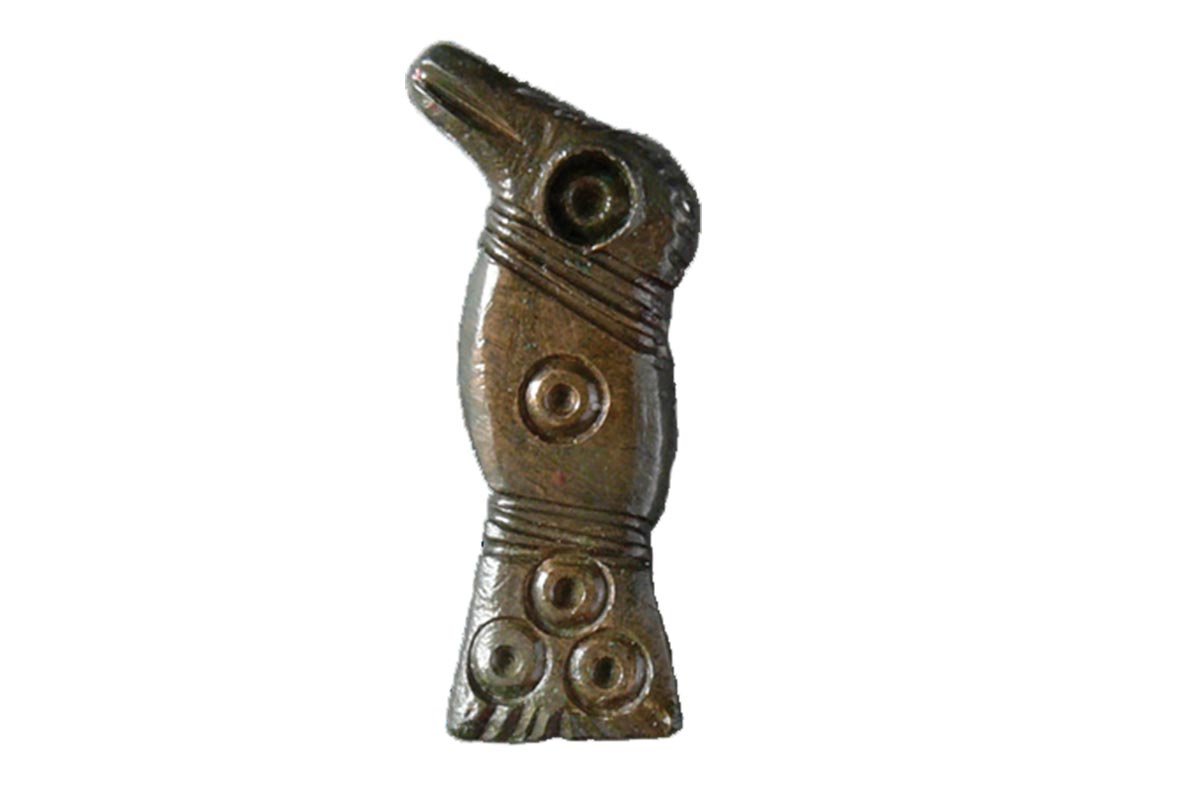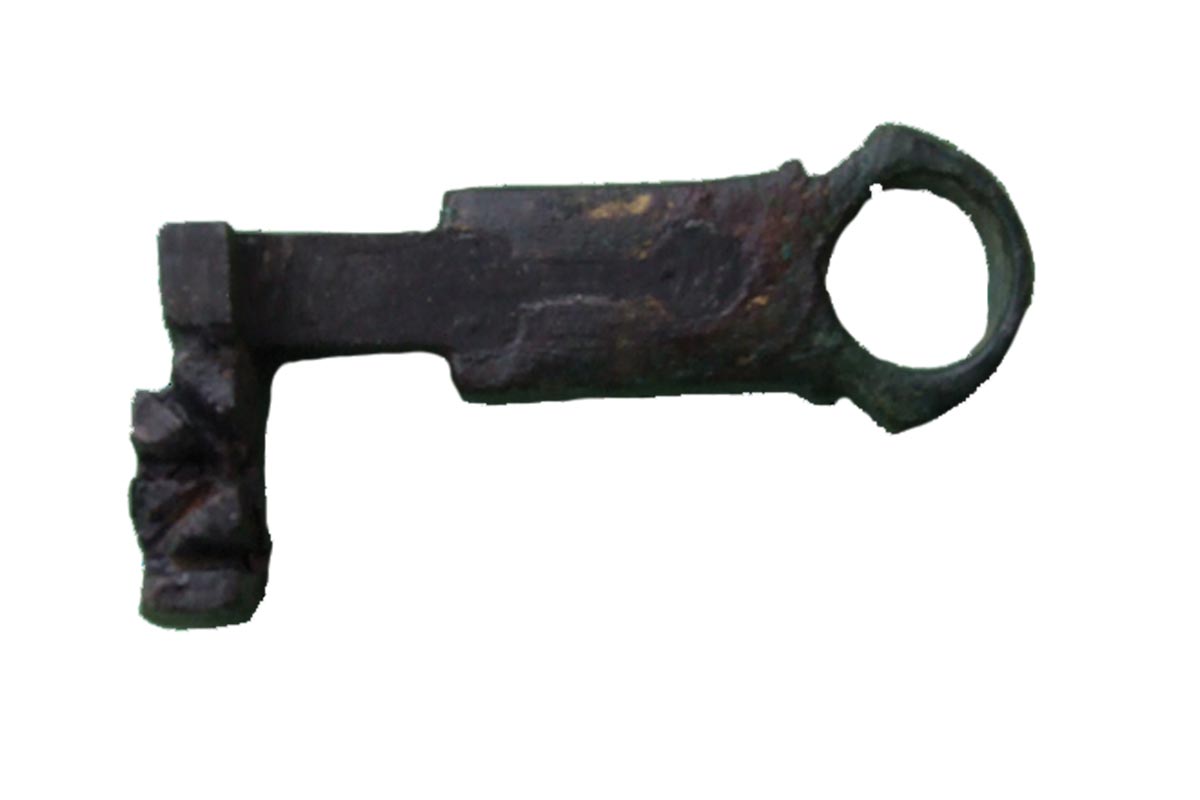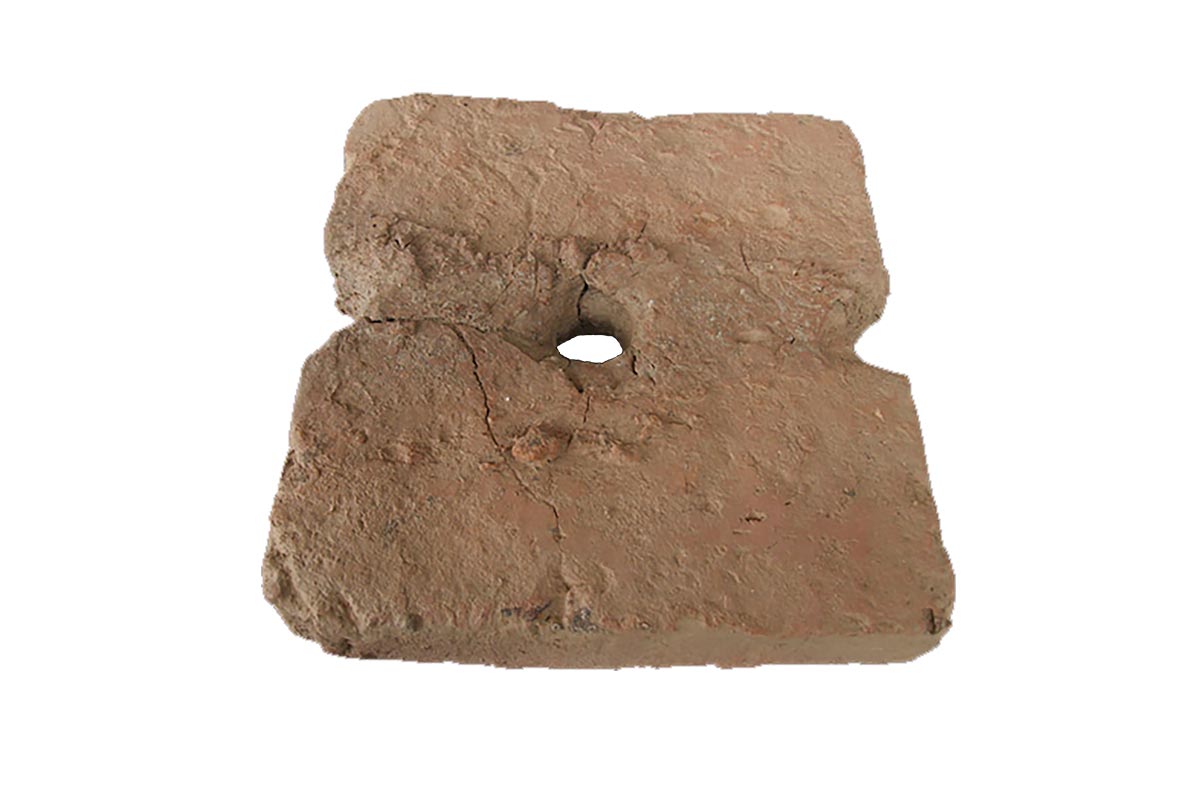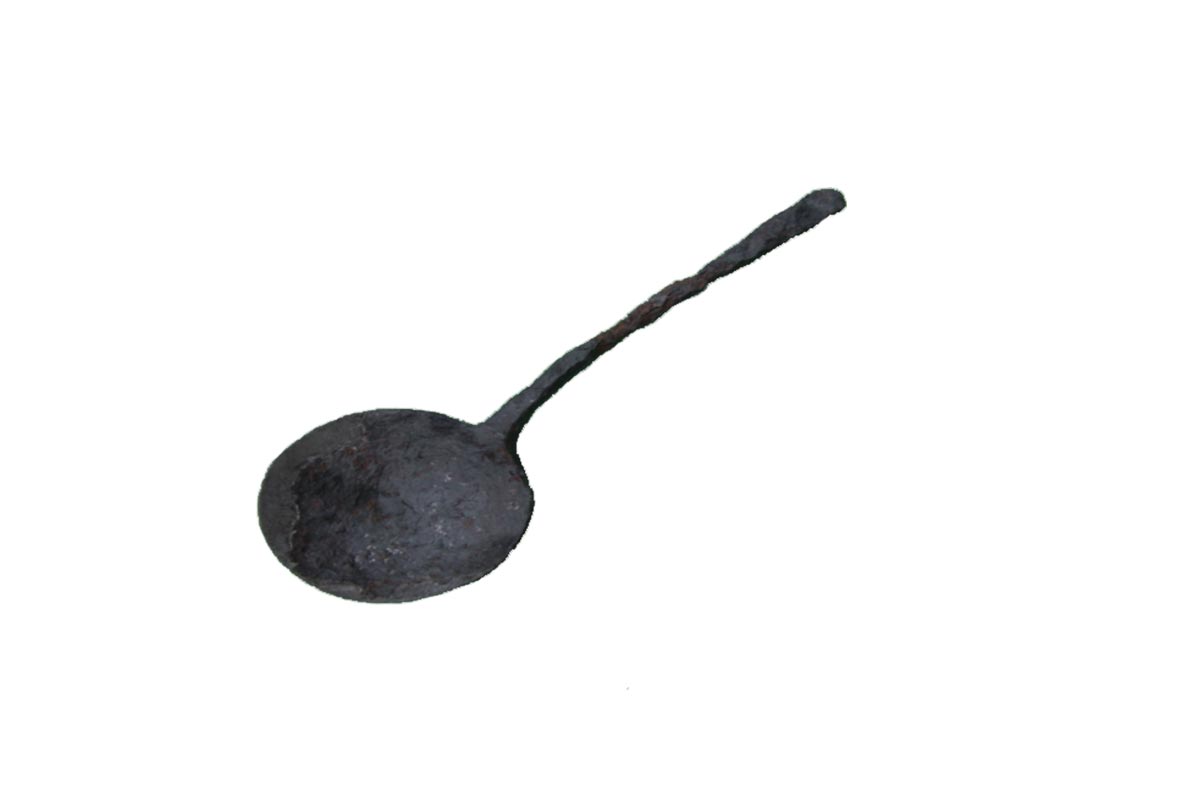Archeoparc Villanders
The settlement history of Villanders - 6,000 years of history of an alpine settlement.
Immerse yourself in past worlds & follow in the footsteps of our ancestors.
Opening hours:
Beginning of June - end of September
Wed 17-19 h
Fri 20.30–22 h
Groups (10 persons or more) also outside opening hours, by appointment.
Entrance fees:
3,00 € adults
1,00 € children between 6 and 14 years of age
free admission for children under 6
2,00 € (per person) for groups with at least 10 persons
Impressions from the Archeoparc
Settlement history of Villanders:
The territory of Villandro extends from the heights of the alpine meadows to the bottom of the valley on the right hydrographical side of the Eisack river. The development alongside this territory touches various locations, whose use in the course of history had many different but also complementary features.
Encampments of Mesolithic hunters (8000 to 5500 AC) among others are testified in Seeberg on the shores of the” Black Lake” in an ambiance suitable to hunting of herbivorous; but traces of human presence referring to the same period of time are as well documented in the deepest layers of the Plunacker.
As it happened in other environments of the Eisack Valley , farmers and breeders started populating the regions located 800 m above sea level and more during a period prior to 5000 AC. Plunacker in this contest is one of the most important archaeological sites of the whole Alpine mountain range on one hand because of the high quality of archaeological remains (housing structures, finds of different types like, above all, ceramic and stone artefacts) and on the other because of the vastness of the village, which originally embraced a big part of this geographical terrace.
A testimony of Copper Age (3300-3300 AC) is given by the basis of a hut which in this form is a very rare example in the Alpine Area. Maybe the big standing stone, the so called Menhir of Villanders, erected near to the farmhouse “Moarhof” in Ums can be ascribed to the same lapse of time. This period is in fact typical for the phenomenon of Megalithism which evidences itself with big anthropomorphic standing stones and even big unengraved stones whose significance will have to be researched in the cults and creeds of that period.
During Bronze Age (aprox. 2200-1100 AC) Plunacker may have had primarily a meaning as settlement (however the traces are very scarce and problematic) but the votive pyres recovered and investigated at Seeberg, an the other side, have a clear cultural meaning. We assume that here in this ambiance of rare beauty and mystifying atmosphere, people of late Bronze Age (12th to 10th century AC) offered animals and gifts to the mountain deities.
Not far away, but at a lower altitude, near to the Knappenbach brook there was a spot where copper- bearing mineral was reduced; so probably the miners themselves were using the Seeberg cult places. A bronze axe found in the water of Tinne brook is also a testimony of late Bronze Age: everything confirms the fact, that it had been an oblation to water deities, as it often happened all over Europe during the same period of time.
Fewer evidences are given from the Iron Age; from this period only a sporadic presence could be proved. Maybe during the 1st millennium AC the right hydrographical side of the Eisack Valley was less attended than the left side, maybe also due to the net of paths and roads which was being developed on the valley side exposed to the east.
From the 2nd century AC on, Plunacker has been used and exploited in an agricultural and productive way by a romanized population. One sign is the construction of a big farmhouse bearing signs of a certain wealth (like parts in red marble originating from the Trentino region). This building had seen different periods of use and various restructurations: it was still in use at the beginning of 7th century AD. Between the 5th and the 7th century AD (most probably during the 6th) near to Saint Stephan church a small paleochristian church was built and used as a baptistery.
From this time on, the archaeological events blend with the history of the birth and development of the village of Villanders, whose fortunes are strictly colligated to the history of the mine of Pfunderer Berg – Monte Fondoli, mentioned for the first time in 1140.


